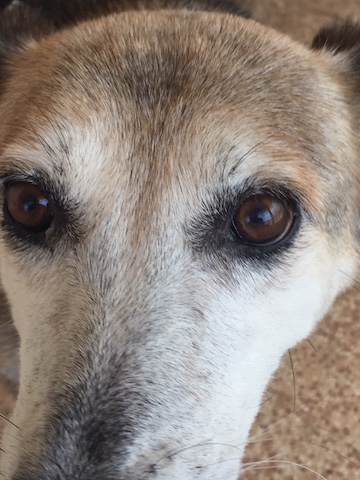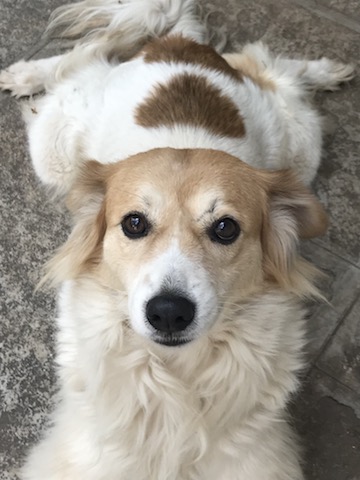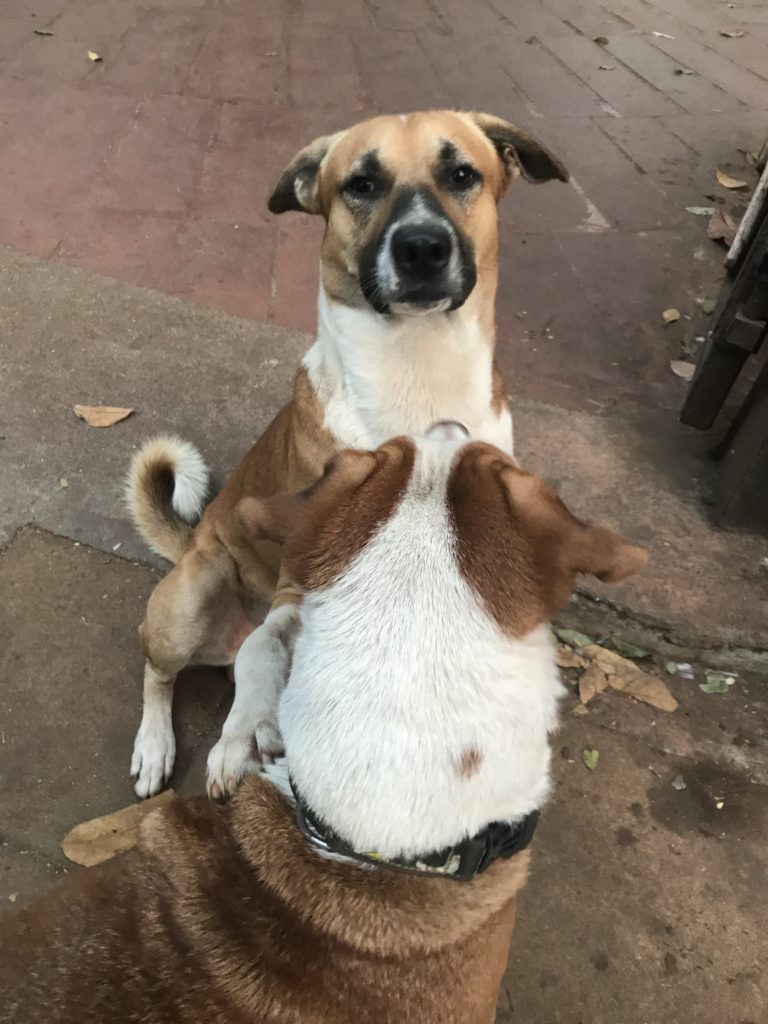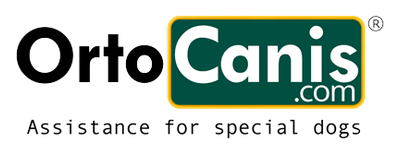| Disease | Cause | Breed Prone | Diagnosis |
|---|---|---|---|
| Hereditary cataract | In canines, cataracts are often familial; this type is known as Hereditary Cataracts. A mutation in the HSF4 gene causes this type of cataracts in several breeds of dogs. In this case, the dog is typically affected bilaterally, in that both eyes are affected by the cataracts. | Alaskan malamute American cocker spaniel Belgian shepherds Bichon frisé Boston terrier (two forms, one developing early in life, one late) Cavalier King Charles spaniel English cocker spaniel English springer spaniel Lapland dog (Swedish, Finnish) German shepherd Leonberger Newfoundland dog Norwegian buhund Retrievers Rottweiler Samoyed Schnauzers (miniature, standard and giant schnauzers) Siberian husky Standard poodle (and poodle) Welsh springer spaniel Tibetan terrier | Your vet will examine your dog’s eyes thoroughly. By using a bright light and a magnifying lens, a vet can detect cataracts that are just forming or are immature and haven’t yet started affecting your dog’s sight. |
| Primary lens luxation | Search Results Featured snippet from the web Image result for primary lens luxation dogs Primary Lens Luxation (PLL) is a disorder that is characterised by weakened zonular fibers which eventually lead to the dislocation of the lens in the eye. In the eye of a canine, the lens is located directly behind the iris and pupil. It is responsible for focusing light to the retina in the back of the eye. | terrier breeds (Jack Russell, Bedlington, Fox, Manchester, Miniature Bull, Scottish, Sealyham, Welsh, West Highland White), Tibetan Terrier, Border Collie, Brittany Spaniel, German Shepherd and Welsh Corgi. | A complete ophthalmic exam is necessary for the diagnosis of lens luxations. The pressure inside the eye is also checked with a tonometer, as lens luxation can cause or result from glaucoma. A corneal stain will help to assess the health of the cornea. |
| Primary open angle glaucoma | Primary Open Angle Glaucoma (POAG) is a genetic mutation which causes pressure to build up in the eye. This results in discomfort and vision loss. The genetic defect prevents the normal release of fluids in a dog’s eyes. Interocular pressure increases, which then leads to retinal ganglia cell death. | Beagle, the Norwegian Elkhound and the Petit Basset Griffon Vendéen. | |
| Progressive retinal atrophy | Atrophy means the partial or complete wasting of a body part. Progressive retinal atrophy (PRA), is a group of degenerative diseases that affect these photoreceptor cells. With this disease, the cells deteriorate over time, eventually leading to blindness in the affected dog. | Bedlington Terriers, Cavalier King Charles Spaniels, Labrador and Golden Retrievers, Rottweilers, American Cocker Spaniels, and English Springer Spaniels. Siberian Husky and the Samoyed it appears to be sex-linked and found mainly in male dogs. | Your veterinarian will usually advise a referral to a veterinary ophthalmologist for confirmation of the diagnosis by means of additional sophisticated testing such as an electroretinogram (ERG), and to rule out other causes of blindness. The ERG is sensitive enough to diagnose PRA in dogs even before they begin to show obvious symptoms. |
| Retinal pigment epithelial dystrophy | Central progressive retinal atrophy is a pigment epithelial dystrophy of dogs, apparently inherited as dominant with variable penetrance. … As the disease progresses, the lesion enlarges until the entire pigment epithelial cell layer is involved. | Labrador Retriever Golden Retriever Border Collie Collie Shetland Sheepdog English Cocker Spaniel English Springer Spaniel Chesapeake Bay Retriever | Diagnosis is based on presenting clinical signs, histopathological evidence of lipofuschins in retinal samples and low blood α-tocopherol levels in Cocker spaniel or Briard breeds. A differential diagnosis would include progressive retinal atrophy. |
SOURCES AND REFERENCES
Each one of these reference sites and sources have helped us compile this article.
https://www.animalgenetics.us/canine/Genetic_Disease/HC.asp
https://bit.ly/2FDjglw (The Spruce Pets)
https://www.animalgenetics.us/canine/Genetic_Disease/HC.asp
https://resources.bestfriends.org/article/cataracts-dogs-causes-diagnosis-and-treatment
https://vcahospitals.com/know-your-pet/progressive-retinal-atrophy-in-dogs
https://www.sciencedirect.com/science/article/abs/pii/0014483576902074
https://animalvisioncare.com/eye-conditions/canine/lens-luxation/
http://vetbook.org/wiki/dog/index.php/Retinal_pigment_epithelial_dystrophy











